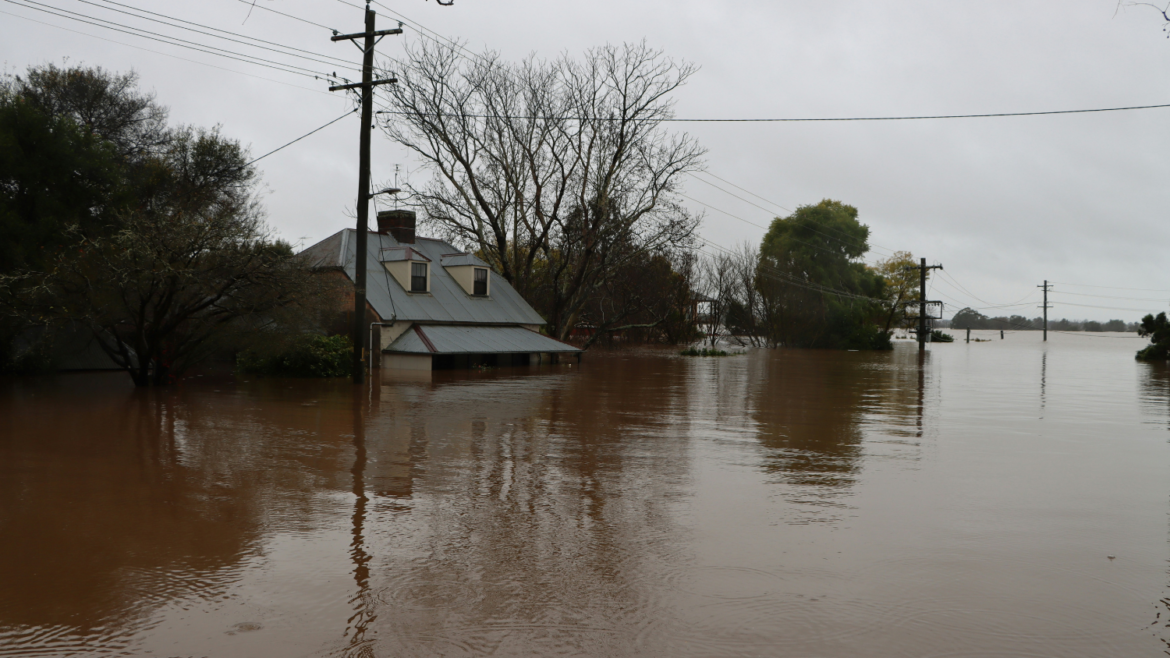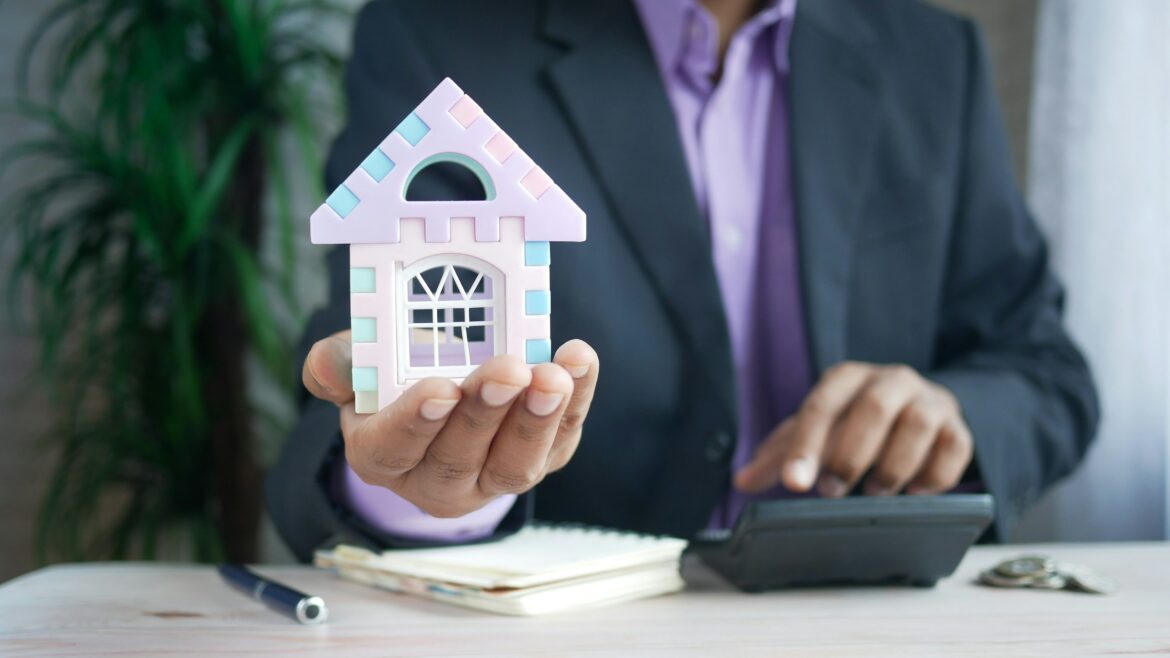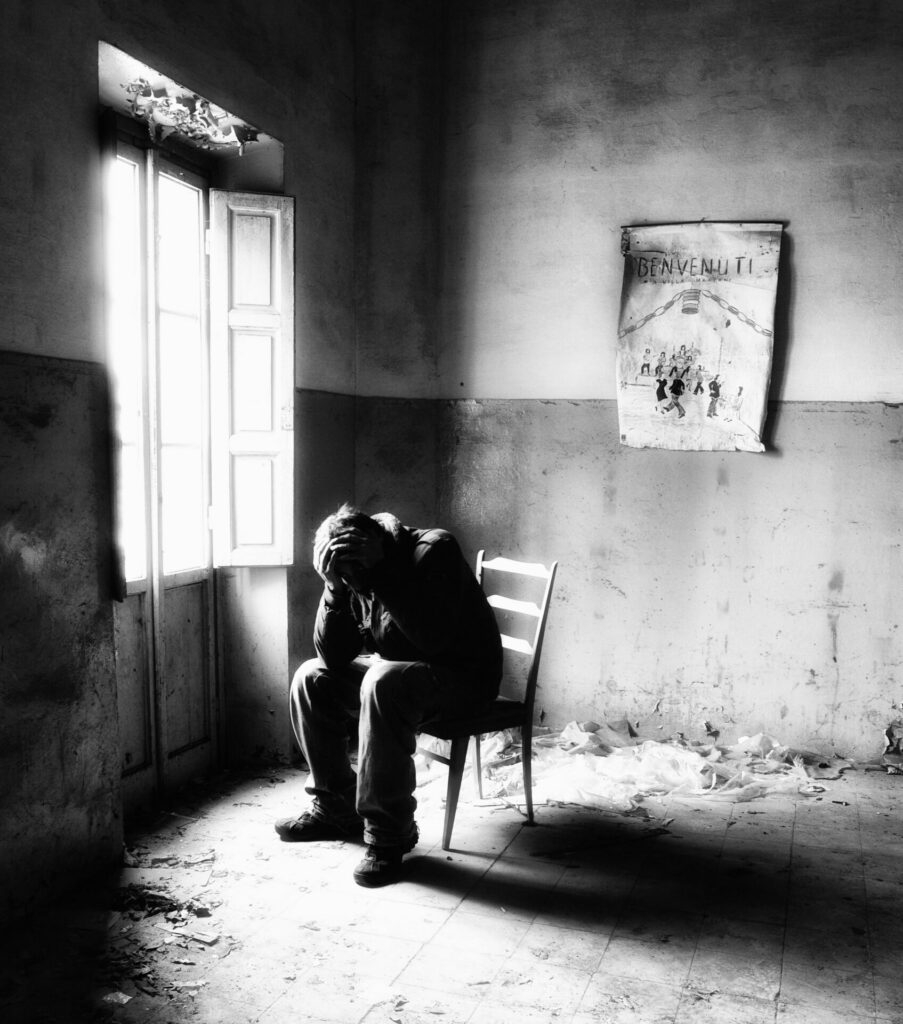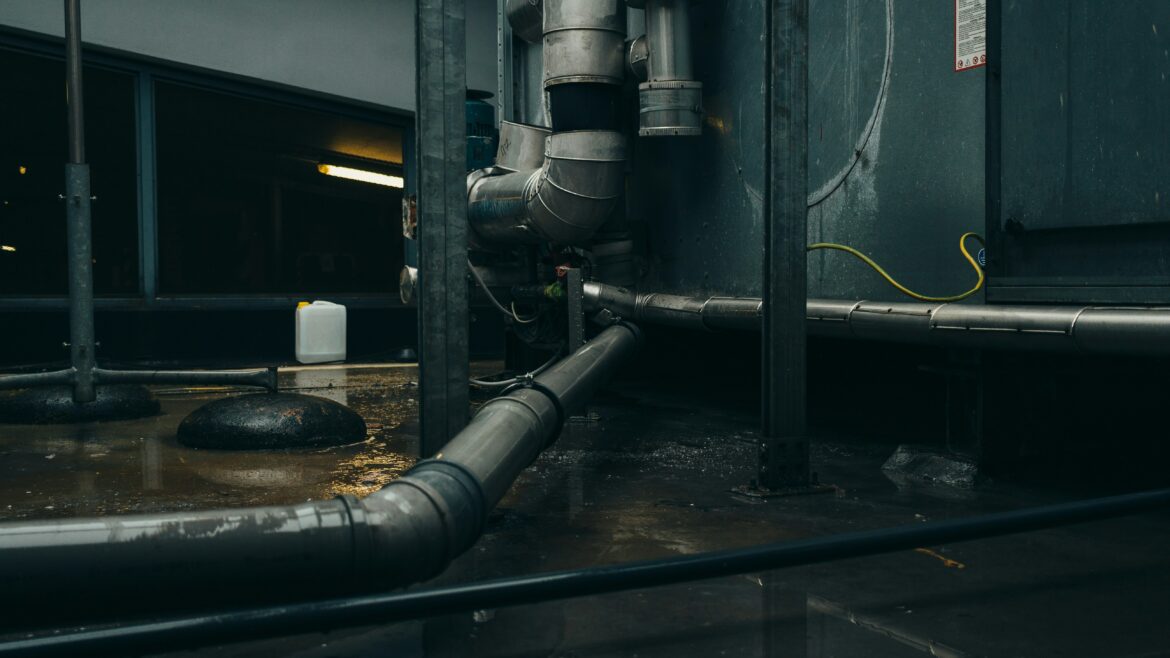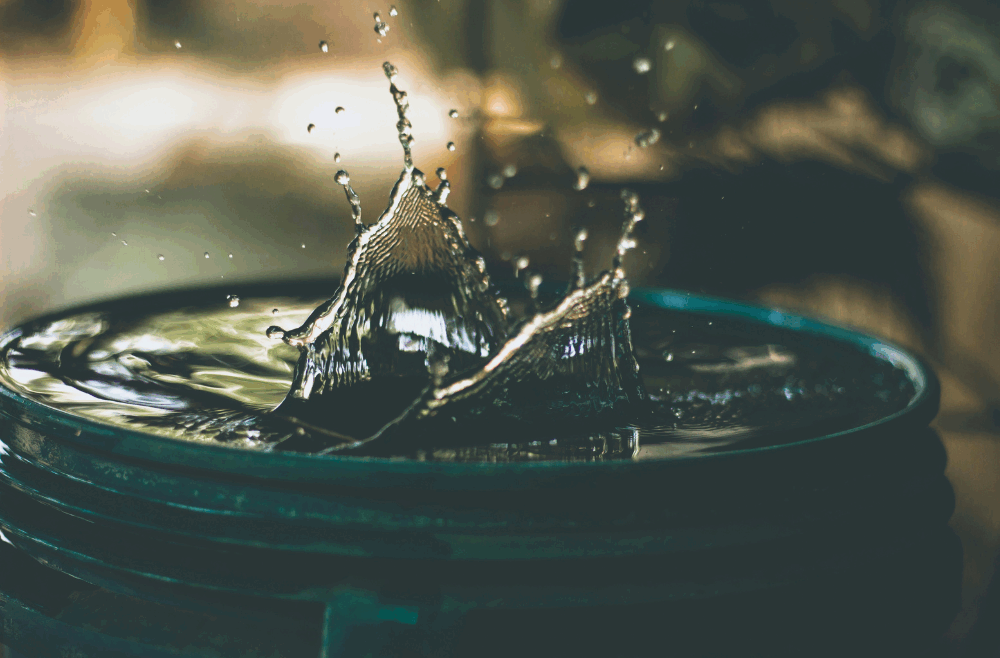Oregon Flood Damage Repair: What to Do Before and After a Flood
As storms and atmospheric rivers pick up intensity, storm damage caused by flooding has become more common across Oregon in recent years, affecting homes in the Willamette Valley, coastal communities, and rural areas alike. When floodwaters enter a home, the damage extends far beyond visible water. Flood damage repair is a complex process that involves safety, contamination control, structural drying, and full restoration. Understanding how flood damage differs from other water damage and knowing what to do before and after a flood can help homeowners reduce long-term repair costs and protect their property.
This guide explains how to prepare for flooding, where to find flood warnings, what to do after floodwaters recede, and how flood damage repair and restoration typically work in Oregon homes.
Why Flood Damage Is Different From Other Water Damage
Flood damage is not the same as a burst pipe or appliance leak. Floodwater is groundwater that often carries debris, bacteria, and contaminants. Because of this, flood damage restoration is more involved and often requires additional safety measures.
Key differences include:
- Floodwater is typically contaminated
- Materials absorb water more deeply
- Structural components stay wet longer
- Electrical systems are at higher risk
- Mold growth begins faster
- Silt and debris remain after the water recedes
These factors make flood damage repair more complex than standard water damage restoration.
How to Prepare Your Home for Flooding in Oregon
While flooding cannot always be prevented, preparation can reduce the severity of damage and speed up recovery.
Helpful preparation steps include:
- Keeping gutters and drains clear
- Ensuring proper grading around the foundation
- Maintaining sump pumps and backup power sources
- Sealing crawl space vents when appropriate
- Elevating utilities and appliances in flood-prone areas
- Storing valuables above ground level
Preparation focuses on reducing how much water enters the home and limiting how deeply materials become saturated.
Where Oregon Homeowners Receive Flood Warnings and Alerts
Staying informed allows homeowners to act early when flooding is possible.
Flood warnings in Oregon are typically issued through:
- Local emergency alert systems
- County and state emergency management offices
- Weather monitoring services and alerts
- Community notification systems
These alerts help homeowners prepare, but should not be confused with instructions for flood rescue or evacuation.
What To Do After a Flood Once It Is Safe to Return Home
Once authorities declare it safe to return, homeowners should proceed cautiously. Flood-damaged homes can present serious safety hazards.
Important steps include:
- Avoiding contact with standing water
- Turning off the power if water reaches the outlets or appliances
- Wearing protective gear
- Documenting visible damage with photos
- Avoid running HVAC systems until they are inspected
- Contacting a restoration contractor promptly
Quick action helps prevent secondary damage and supports insurance claims.
The Flood Damage Repair and Restoration Process
Flood damage repair involves more than drying surfaces. The process focuses on stabilizing the structure, preventing mold, and restoring the home safely.
Typical steps include:
- Damage assessment and moisture mapping
- Water extraction and debris removal
- Structural drying and dehumidification
- Removal of contaminated materials
- Cleaning and disinfecting affected areas
- Mold prevention measures
- Structural repair and reconstruction
Flood damage restoration often requires removing materials that cannot be safely cleaned, especially drywall, insulation, and flooring.
Does Insurance Cover Flood Damage in Oregon?
Flood damage is treated differently from other water losses. Standard homeowners’ insurance usually does not cover flood damage. Coverage typically requires a separate flood insurance policy.
Important considerations include:
- Flood insurance coverage limits
- Waiting periods for new policies
- Documentation requirements
- Scope of repairs versus policy limits
Even when flood insurance applies, accurate damage scoping and documentation are critical for approval of repair costs.
How Long Does Flood Damage Repair Take?
Flood damage repair timelines vary depending on severity and scope.
Factors that affect timelines include:
- Depth and duration of flooding
- Structural involvement
- Contamination levels
- Mold risk
- Permit requirements
- Insurance approvals
Minor flood damage may take several weeks to repair, while extensive flooding involving structural repairs can take several months.
Flood Damage Repair vs. Standard Water Damage Restoration
Understanding the difference helps set expectations.
Flood damage repair typically involves:
- Contaminated water cleanup
- More extensive material removal
- Longer drying times
- Increased mold risk
- Structural inspections
Standard water damage restoration often involves cleaner water sources and fewer safety concerns.
Flood Damage Repair in Oregon
Oregon homes face unique flood risks due to weather patterns, soil conditions, and older construction. Homes with crawl spaces, basements, or aging foundations are especially vulnerable. Rural properties may also experience delayed response times after flooding.
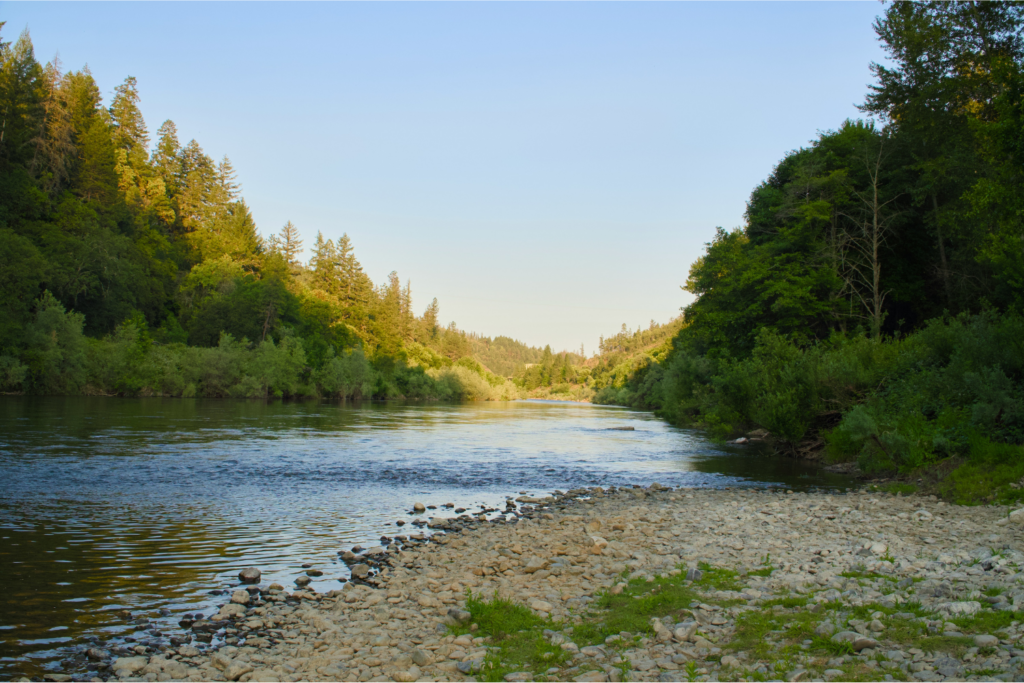
Flood-damage cleanup and repair requires experience in both restoration and construction. Addressing the damage properly helps protect structural integrity and prevents recurring problems.
Liberty Homes Construction works with Oregon homeowners to assess flood damage, coordinate restoration, and complete necessary repairs to restore their homes.
Frequently Asked Questions
How is flood damage different from other water damage?
Flood damage usually involves contaminated standing water and excess water that spreads through affected areas, increasing the risk of structural damage. Unlike a burst pipe, floodwater often requires more extensive cleanup services and water damage repair due to debris and contamination.
What is the first step in flood damage cleanup?
The first step is to extract standing water, followed by assessing the extent of the damage with tools like a moisture meter. This helps determine which materials can be dried and which require removal during flood cleanup.
How does the water damage restoration process work after a flood?
The water damage restoration process typically includes flood cleanup, water mitigation, drying of affected areas, and completion of necessary repairs. In severe cases, structural repairs are required before the home can be safely restored.
Does flood insurance cover flood damage repair?
Flood insurance may cover flood damage repair when the policy is active and coverage limits are met. Homeowners’ insurance usually does not cover flood-related water damage, making proper documentation critical for claims.
How long does flood damage repair take?
Flood damage repair timelines depend on the extent of the damage, the presence of excess water, and whether structural damage occurred. Minor repairs may take weeks, while larger restoration projects can take several months.



